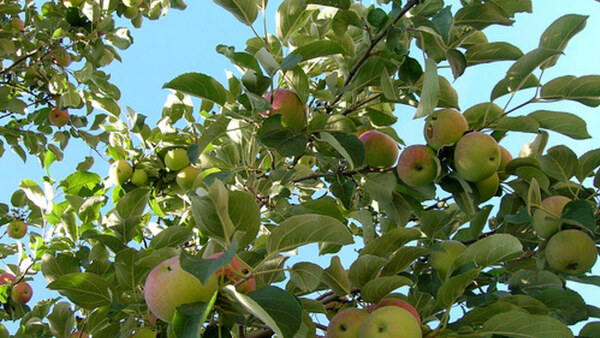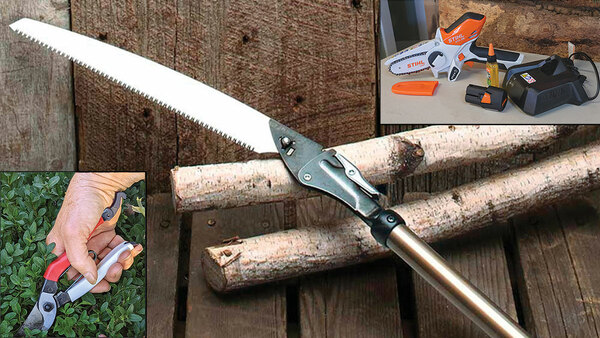
Pruning can be intimidating. Many of us fear making a mistake our plants won’t recover from. Overall, trees are resilient; with a little practice and know-how, any gardener should be able to tackle this task. Here are some things to keep in mind before grabbing the saw.
1. Ask yourself why you are pruning
Removing dead limbs and improving the overall structure of the tree are the top reasons to prune. If you are consistently pruning to control size, think about replacing the tree with something that is more in scale with your landscape.
2. Be aware of when your tree forms flower buds
Pruning can affect flowering if it is done at the wrong time of year. It is best to prune spring-flowering trees shortly after they finish blooming, while trees that bloom in summer and fall should be pruned before substantial new growth begins in spring.
|
|
3. Under certain conditions, pruning will stimulate new growth
Less pruning can lead to overall slower growth, which can be desirable for the overall long-term health of the tree.
4. Practice how to make proper pruning cuts
Branches larger than your thumb should be cut using a three-step pruning method.
- First cut (A): Begin by making a small incision on the underside of the branch, about 6 to 12 inches away from the trunk. This cut should be about a third of the way through the branch, starting from the bottom. It will prevent the branch from splitting and the bark from tearing when you make the next cut.
- Second cut (B): This cut is made from the top of the branch and is positioned a little farther out from the tree trunk and slightly above the first cut. It will remove most of the branch, leaving a short stub.
- Final cut (C): Make the final cut just outside the branch collar, which is the slightly swollen area where the branch connects to the tree trunk. This cut removes the remaining stub and should be clean and smooth. It is essential not to cut into the branch collar.
Andy Pulte, Ph.D., is a faculty member in the plant sciences department at the University of Tennessee.
More on pruning:
- Maintenance Pruning Keeps Plants Healthy
- A Survey of Pruning Tools
- Check out our entire Pruning Project Guide




















Comments
Log in or create an account to post a comment.
Sign up Log in